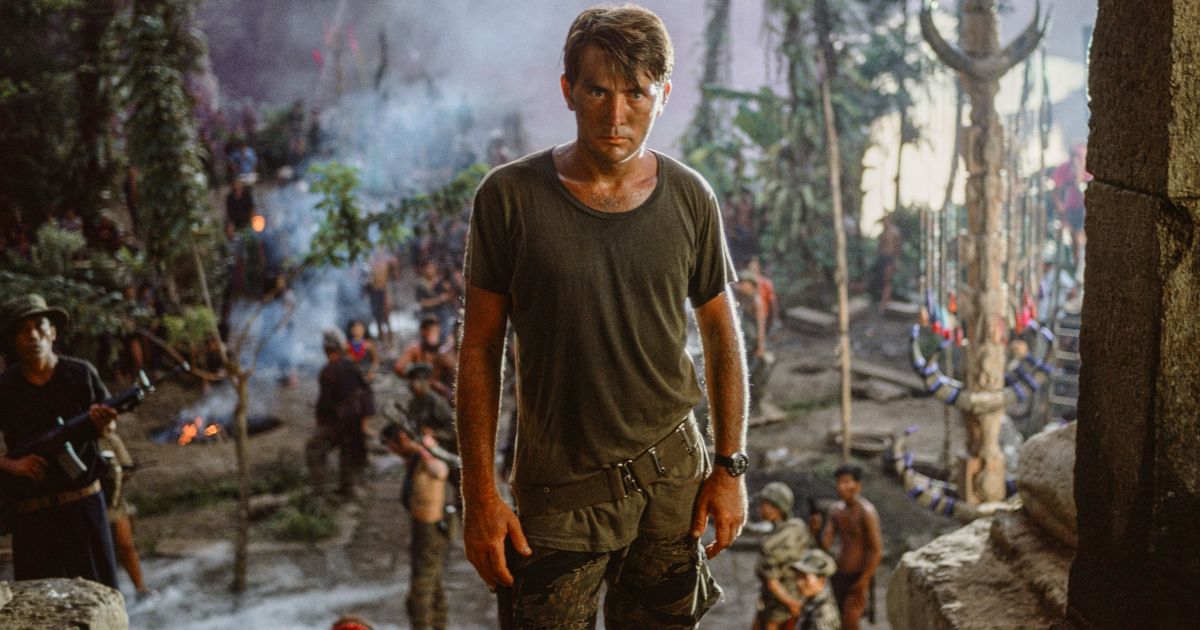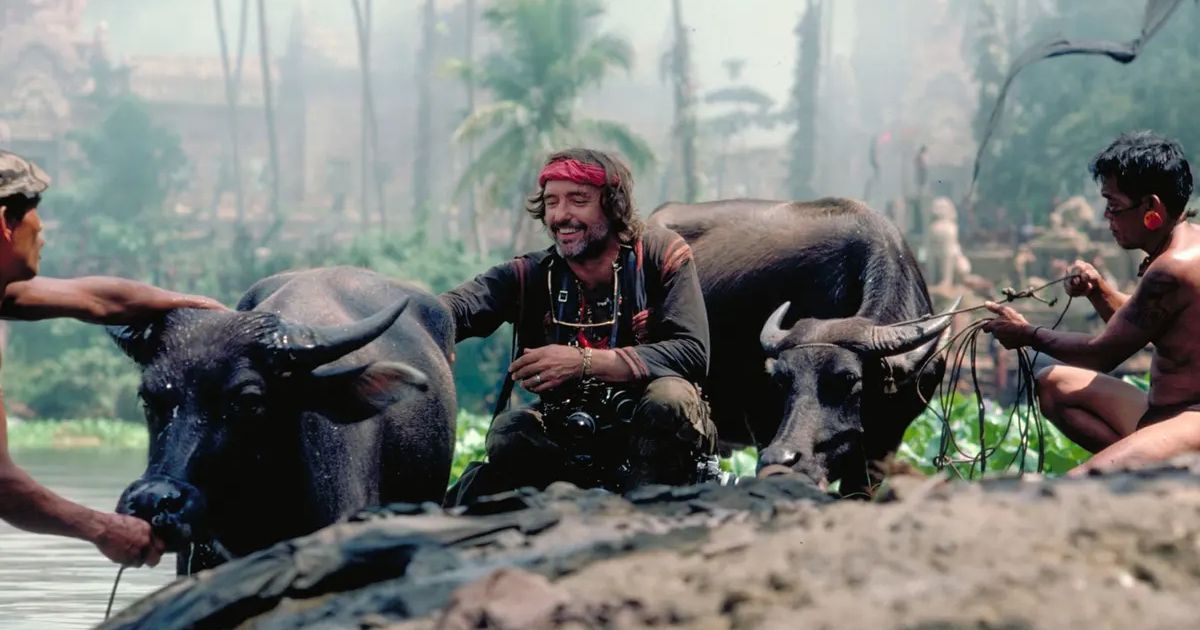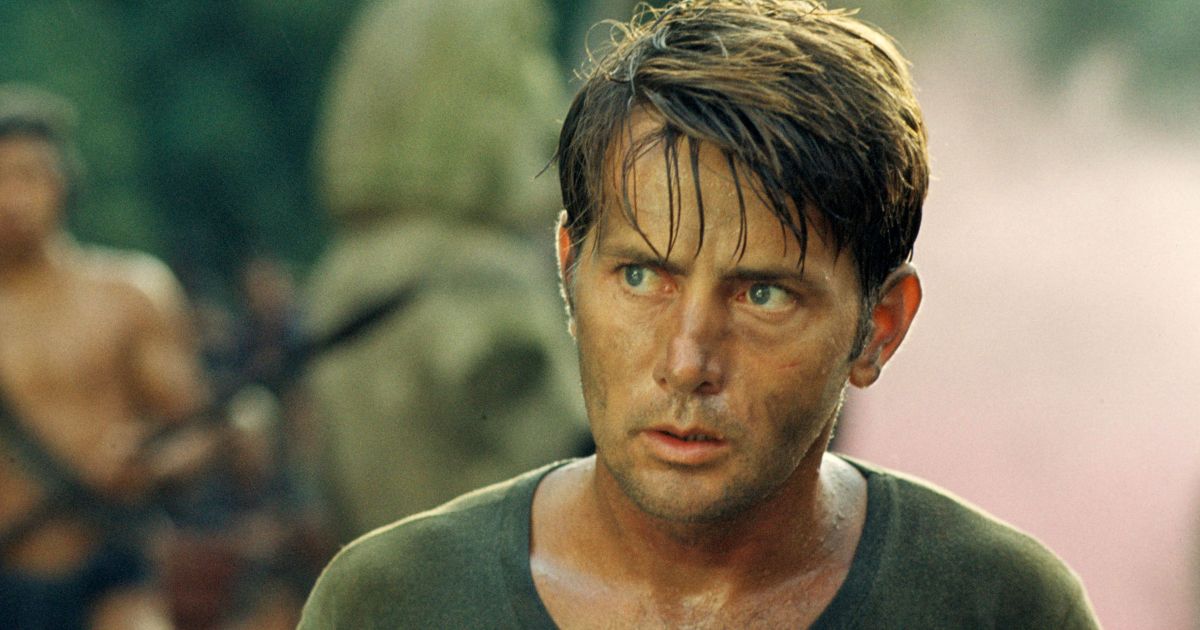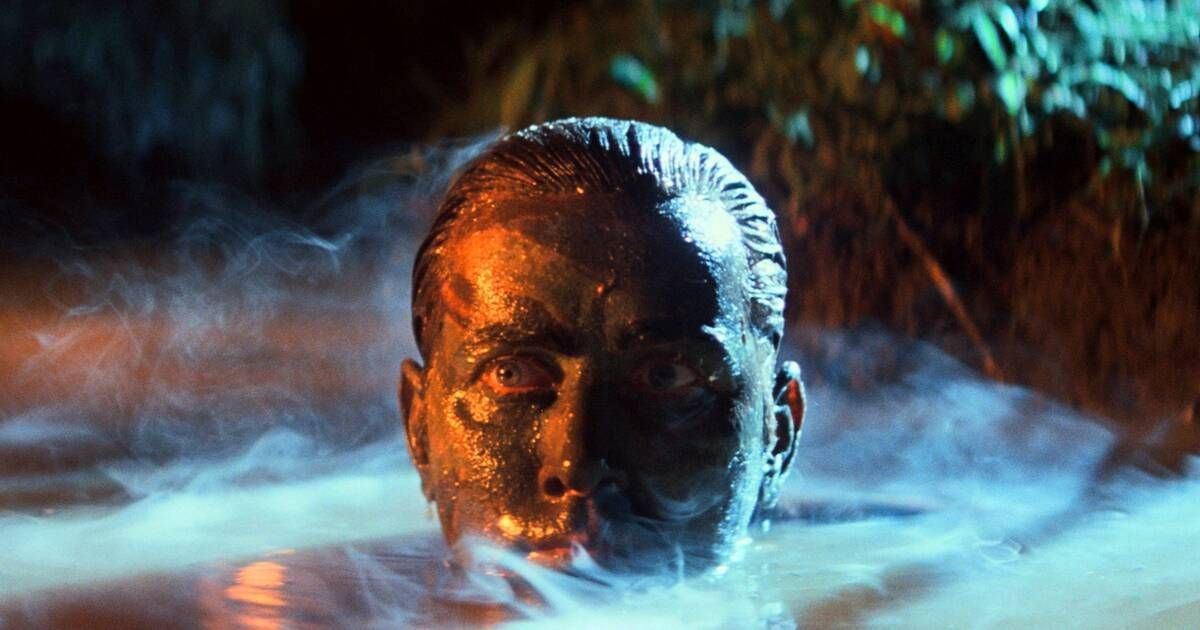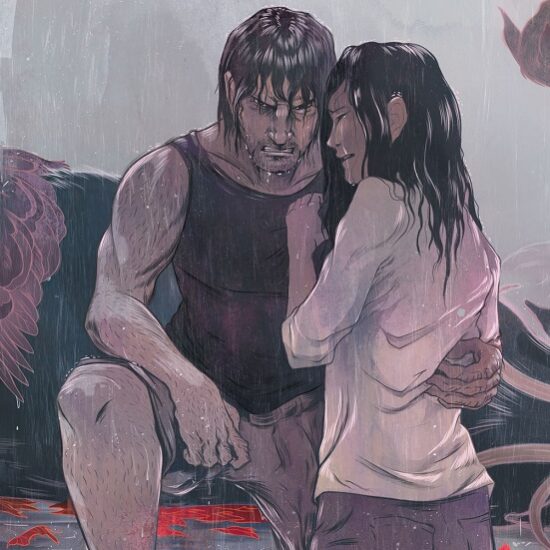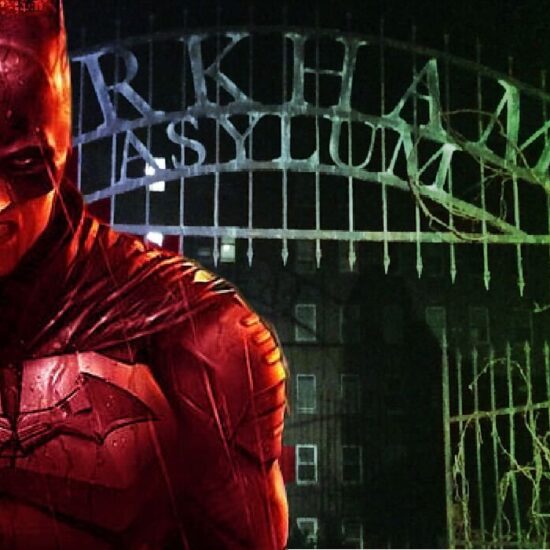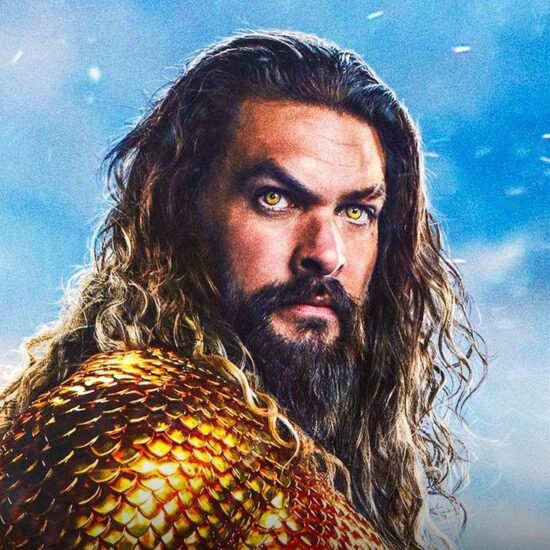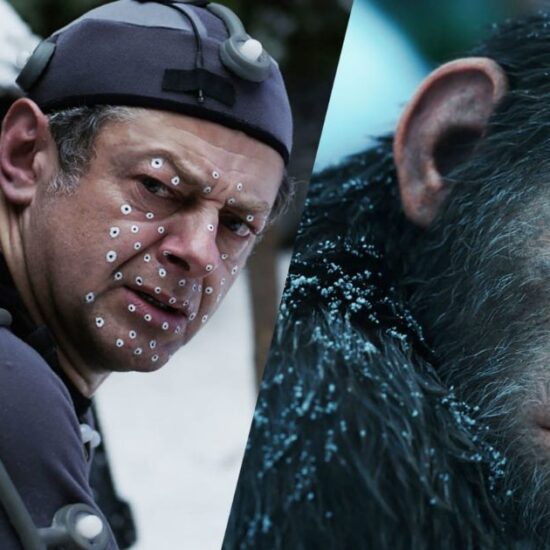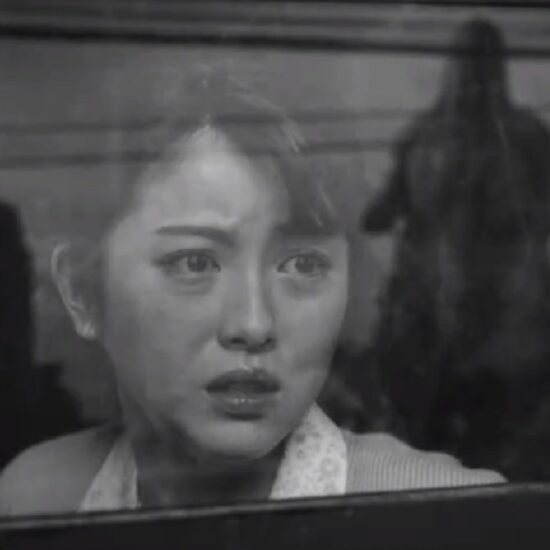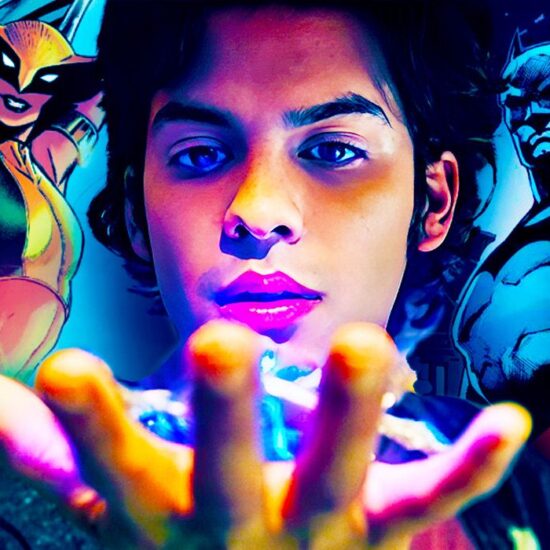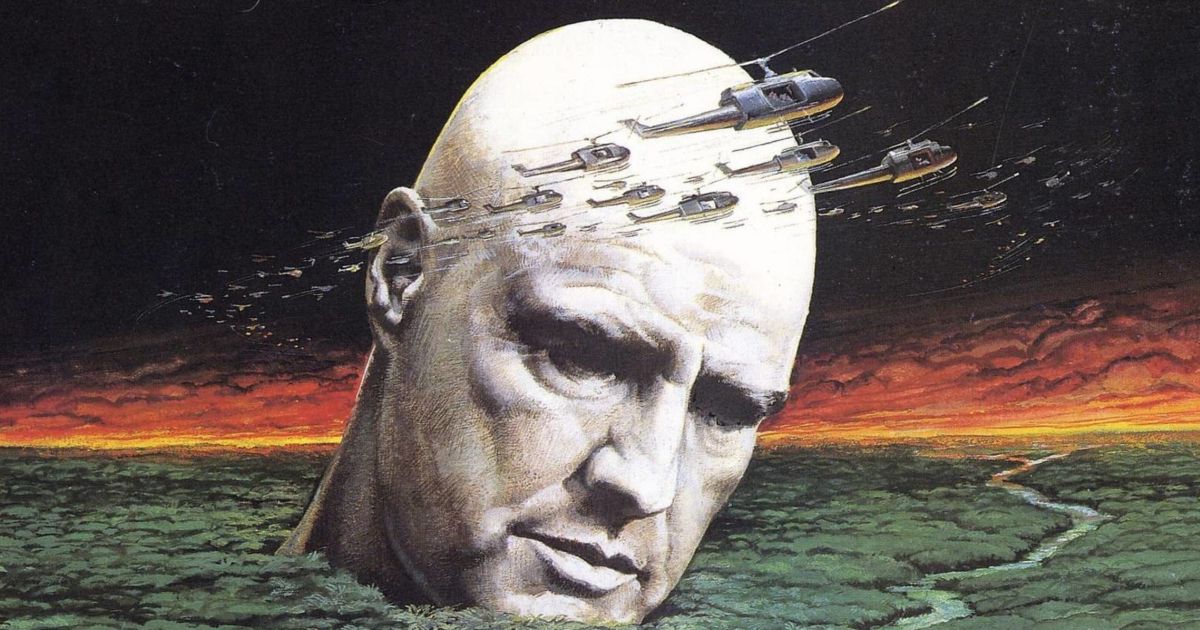
While Francis Ford Coppola’s Vietnam War epic Apocalypse Now (1979) is widely regarded as one of the greatest films of all time, in the years leading up to its release in late 70s it was known as the biggest disaster in the history of Hollywood filmmaking. Production on what was initially planned as a six-week shoot in the Philippines dragged on into unprecedented and grueling 238 days of shooting.
The production of Apocalypse Now was plagued by natural disasters, rampant drug use and alcoholism, suicidal breakdowns, fatal conditions for Filipino set construction workers, disturbing animal rights violations, heart attacks, childish movie star egos, and investigations into actual human corpses discovered on set.
Like many of Coppola’s genre-defining classics, Apocalypse Now has garnered many spoofs. But the making of Apocalypse Now itself was so rife with real-life drama that Ben Stiller spoofed it in his action-comedy Tropic Thunder (2008). Recreating the Vietnam War came at great cost, both financially and psychologically to everyone in the Philippines who worked on Coppola’s wildly ambitious and controversial project, including himself. Ironically for a filmmaker who, like a dog chasing its own tail, was possessed with fears of making a pretentious movie, Francis Ford Coppola said during a press junket for Apocalypse Now:
My film is not a movie. My film is not about Vietnam. It is Vietnam. It’s what it was really like. It was crazy. And the way we made it was very much like the way the Americans were in Vietnam. We were in the jungle. There were too many of us. We had access to too much money. Too much equipment. And little by little we went insane.
Some critics had their reservations about the film’s hazy narrative, a Vietnam War revamp of Joseph Conrad’s 1899 novella Heart of Darkness. Others applauded Apocalypse Now as something of an epic poem disguised as an action movie. Regardless, bringing the Vietnam War back to life wasn’t sunshine and roses for those who lived through it. For better or for worse, Apocalypse Now is likely Hollywood’s most profound case of life imitating art and vice versa. So let’s take a little trip upriver through the Philippines with the cast and crew through the most controversial things from the set of Apocalypse Now.
The Cast and Crew Were Taking Drugs
The Last Picture Show’s Sam Bottoms played Lance in Apocalypse Now, the surfing soldier character who Robert DuVall’s iconic character Lt. Col. Bill Kilgore is practically in love with. Like his character does in the film, Bottoms admitted he and others dropped acid frequently on set. And they didn’t stop with psychedelics. Speaking in the documentary Hearts of Darkness: A Filmmaker’s Apocalypse (1991), Bottoms said:
“I was doing speed [too]. We were working lots of nights and I wanted a speedy sort of edge. We were bad. We were just bad boys.”
It probably goes without saying that Easy Rider‘s Dennis Hopper found a home away from home in the Philippines when he stumbled onto the set of Apocalypse Now drunk and high late in production. And although the film’s director did not have a history of drug use, in film critic Peter Biskind’s Easy Riders, Raging Bulls (1998) Coppola admitted:
“I started smoking grass. The grass affected me a little bit: I was more able to say how I felt. It was like Vietnam – it was there, and everybody was doing it. I also started getting very paranoid.”
Francis Ford Coppola Was Suicidal
To say Coppola was in over his head when he went to the Philippines to shoot Apocalypse Now would be putting it far too mildly. From the 1960s to the mid-1970s, Hollywood studios refused to touch scripts set in Vietnam, fearing political backlash from an incredibly divisive war that was still red-hot after the last troops came home in 1975. And Milius’ script for Apocalypse Now was no exception. Every studio in town rejected Coppola’s pitch until United Artists finally agreed to help with funding.
But as part of UA’s deal Coppola had to bet the farm, putting up his own house and vineyard in Northern California as well as the money he made from directing The Godfather movies. To be fair, Coppola’s colleague Steven Spielberg did the same thing on E.T. The Extra-Terrestrial. In 2023, Gaffer Jim Plannette recalled to the Team Deakins podcast that Spielberg would joke with the easily distracted child actors, saying things like:
Come on, guys. We gotta keep going or I’m gonna lose my house.
Coppola wasn’t dealing with children on camera. But, in a questionable act of parenting, he brought his young children (including his then-five-year-old daughter, Sofia Coppola) to the Philippines to, you know, hang out in the jungle with a bunch of hippies. Even with his family around to cheer him up, Coppola got tunnel vision and had frequent nervous breakdowns as production dragged on. In the audio tapes from the set of Apocalypse Now, Coppola said:
Everybody says “Yes, well Francis works best in a crisis.” I’m saying this is one crisis I’m not gonna pull myself out of. I’m making a bad movie, so why should I go ahead? I’m gonna be bankrupt anyway. Why can’t I just have the courage to say it’s no good? There’s almost anything I’d do to get out of this. I’m already thinking of what kind of sickness I can get. I was in the rain on a platform thinking if I just moved a little I’d just fall 30 feet. It might kill me. It might paralyze me or something and then it would be a graceful way out.
Shooting Apocalypse Now in the Midst of a Civil War
When production began on Apocalypse Now, the Philippines was in the midst of a civil war. Although China had been funding the New People’s Army (NPA) since 1969, they cut off supplies in 1976, leading the NPA to kidnap civilians and foreign businessmen for extortion. This placed a massive target on Coppola’s back and endangered the entire production. Even his colleague George Lucas (who was originally going to direct Apocalypse Now before 20th Century Fox took interest in his Lucas’ little space opera idea) tried to warn Coppola he was going to get himself killed.
To make matters worse, the numerous helicopters that Coppola rented from the Philippine government were constantly being drawn away to fight NPA forces, which got as close as ten miles away from the set of Apocalypse Now. In the audio tapes from the set of Apocalypse Now, Coppola said:
Here I am with about 50 things that are just quasi in my control like the Philippine government and the [expletive] helicopters which they take away whenever they feel like, they’ve done it three times already.
Each time the government took the helicopters back into the fight against the NPA, they ruined Coppola’s incredibly ambitious and complex shots, costing upwards of tens of thousands of dollars a pop. Even if they weren’t filming that close to an active warzone, Coppola was still lucky that some of his most “hairy” shots, involving real helicopters and real extras running around real explosives, did not cost them any lives. In his book In the Blink of an Eye: A Perspective On Film Editing (1992), Apocalypse Now editor Walter Murch said:
The helicopter attack on “Charlie’s Point” where Wagner’s Ride of the Valkyries is played, was staged as an actual event and consequently filmed as a documentary rather than a series of specially composed shots. It was choreography on a vast scale of men, machines, cameras, and landscape — like some kind of diabolical toy that you could wind up and then let go.
Considering that Murphy’s Law seemed to follow Coppola’s every move in the Philippines, he was lucky to have pulled off the iconic helicopter attack sequence without any loss of life, like those who died on the set of the supposedly cursed film, The Twilight Zone Movie (1983). But Coppola’s luck would soon run out.
A Typhoon Destroyed Half the Sets
As if the production of Apocalypse Now didn’t have enough delays, Typhoon Olga rolled in and destroyed a majority of the sets, many of which were constructed by Filipino laborers who were paid pitiful wages for dangerous work. Of course, the Filipino workers were not paid any more building the sets the second time around.
Unconcerned with these pay discrepancies, Coppola took advantage of Olga’s torrential downpour for a scene which was cut from the theatrical release. The scene has Willard, in a move that is a bit out of character, drinking beer after selling a few barrels of valuable fuel in exchange for a few hours of “intimacy” for his crew to share with the Playboy bunnies who appear earlier in the film. The scene was ultimately restored in Coppola’s 2001 director’s cut Apocalypse Now Redux. As film critic Peter Biskind says in Easy Riders, Raging Bulls:
[Typhoon Olga] forced production to shut down… [Coppola] dismissed the cast, returned [home] to San Francisco with 90 hours of rushes, and only eight minutes of usable, cut film. It was the end of Phase I. The production was six weeks behind schedule and $3 million over budget, hemorrhaging dollars… Many on the production who were laid low with tropical diseases, exotic parasites of various stripes, took the opportunity to get medical treatment. There was no doctor on the set, and people had simply poured diluted Clorox and vodka on their cuts and sores. Bottoms had hookworm, which wrecked his liver, Fred Forrest [who plays “Chef” in the film] had collapsed, his ears oozing blood. A Filipino construction worker died of rabies, and was buried in his Apocalypse Now T-shirt.
As hard as the many months filming Phase I was on the cast and crew of Apocalypse Now, and as difficult as it may be to believe, the things that happened while filming Phase II were so much worse. Coppola and his company weren’t finished with the jungle. And the jungle wasn’t through with them.
A Real Water Buffalo Was Slaughtered On Camera
It was Coppola’s wife Elanor who first took notice of the local Ifugao tribe’s ritual slaughter of water buffaloes. It took a little convincing to get her husband to check it out, but once he saw it with his own eyes he knew it had to be included in the climax of the film, running parallel to Sheen’s Willard assassinating Brando’s Kurtz character.
Naturally, animal rights groups were horrified by the real life violence that Coppola had put up on the big screen. The American Humane Association (AHA), which gives movies the “No Animals Were Harmed In the Making Of This Film” certification, slapped Apocalypse Now an “Unacceptable” rating for the scene where the water buffalo was “hacked to pieces” with a machete.
Over the years Coppola has defended his inclusion of the water buffalo scene with the hands-off approach of “cultural relativism,” an idea first coined by anthropologist Franz Boas in 1887 which essentially boils down to the idiom “when in Rome.” Coppola figured that the Ifugao tribe was going to slaughter that water buffalo one way or another, with or without cameras rolling. So he made sure the camera was rolling, knowing there would be no second take.
Martin Sheen Suffered a Heart Attack at 36
Al Pacino may have dodged a bullet when he passed on Coppola’s offer to star in Apocalypse Now. Sheen didn’t make it out of the Philippines without a few battle scars. He cut his hand open after punching a mirror while he was drunk and filming an improvised scene in the beginning of the film. A friend of Sheen’s told Biskind:
When Marty came home after the typhoon, he was real scared. He said, “I don’t know I am going to live through this. Those [expletive]s are crazy.” At the airport, he kept saying goodbye to everyone.
After months of drinking and filming in the jungle Sheen had a heart attack at the age of 36. He was airlifted to a hospital in Manila in one of the many helicopters featured in the film. Speaking to Yahoo! News in 2022, Sheen said:
I hated getting in those helicopters because we had so many close calls, but… I could either go to Manila in a bus, which would take about four or five hours, or I could be there in 15 minutes in a chopper. Under the circumstances, I took the chopper!
After Sheen’s heart attack Coppola had a meltdown that could give Leonardo DiCaprio’s character in Once Upon A Time In Hollywood (2019) a run for his money. In the audio tapes from the set of Apocalypse Now, Coppola said:
[So and so told so and so] that Marty had a heart attack. What the [expletive] is that? You know that it’s gonna be all over Hollywood in half an hour!… If Marty dies, I wanna hear that everything’s okay, until I say ‘Marty is dead.’ You got it? I’m really scared guys.
What could be worse than your lead actor almost dying on set? Actual dead bodies on set.
The Entire Crew Was Arrested to Investigate Human Corpses On Set
When she witnessed the state of the film’s climactic temple set piece which was strewn with garbage and dead rats, Sheen’s wife was horrified. The place was just like Sheen says in his monotone voice-over as Willard:
It smelled like slow death in there. Malaria. And nightmares. This was the end of the river, alright.
Sheen’s wife argued with co-producer Gary Frederickson, which sent him into an argument with set designer Dean Tavourlis, who insisted the dead rats were “intentional, it gives it real atmosphere.” At this point, a nearby prop assistant let out, “Wait till he hears about the dead bodies.” Frederickson heard rumors flying around about dead bodies on set just like everyone else. But now he decided he’d better investigate. And what should he find behind the canteen but a pile of actual human corpses.
Frederickson was furious. But Tavourlis had gone out of his way to purchase that pile of corpses from a supplier whose usual client was a nearby medical school, needing them to teach autopsies. A little digging revealed that this supplier was a grave robber. When Philippine police caught wind of the corpses they collected the entire crew’s passports.
Production was forced to pause for seemingly the thousandth time for a police investigation as to just how fictional or real all the madness of this explosive Hollywood production really was. And though they eventually concluded that there were no actual murders occurring on the set of Apocalypse Now, for decades that question of what the hell actually happened out there in the jungle would be asked again and again by filmmakers and moviegoers alike.







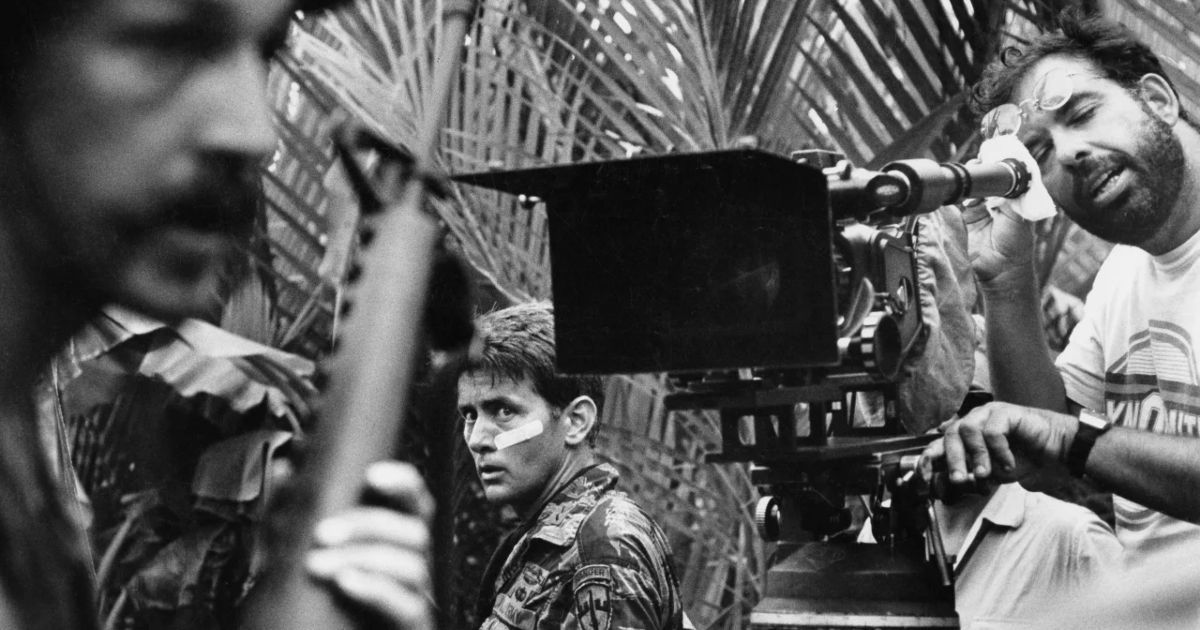
-1.jpg)
